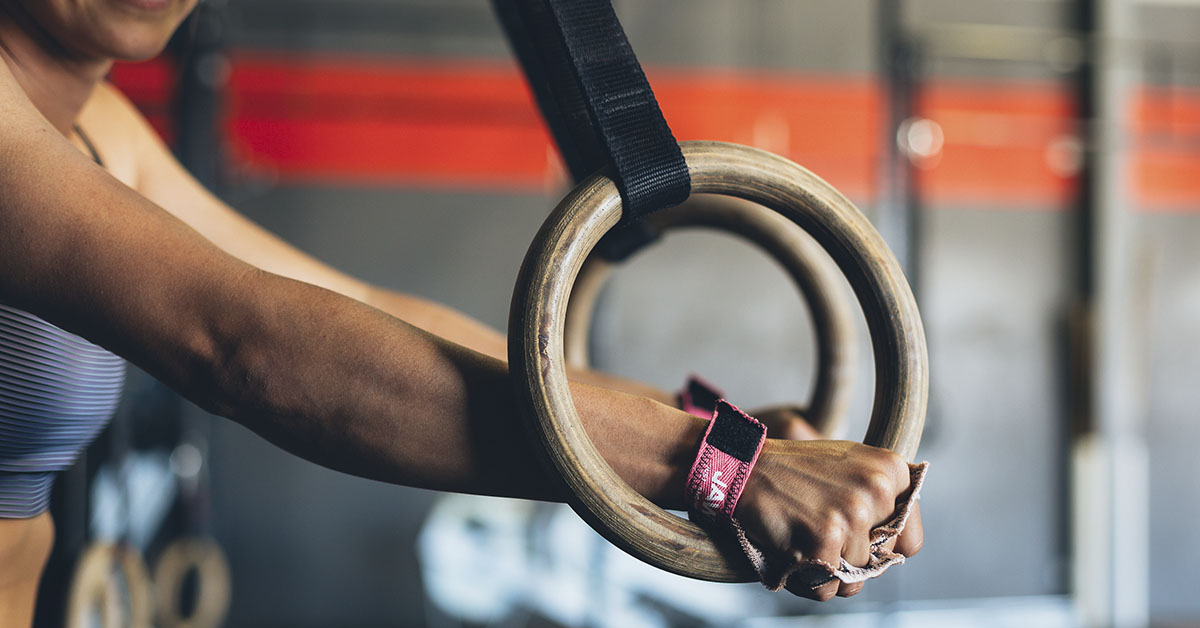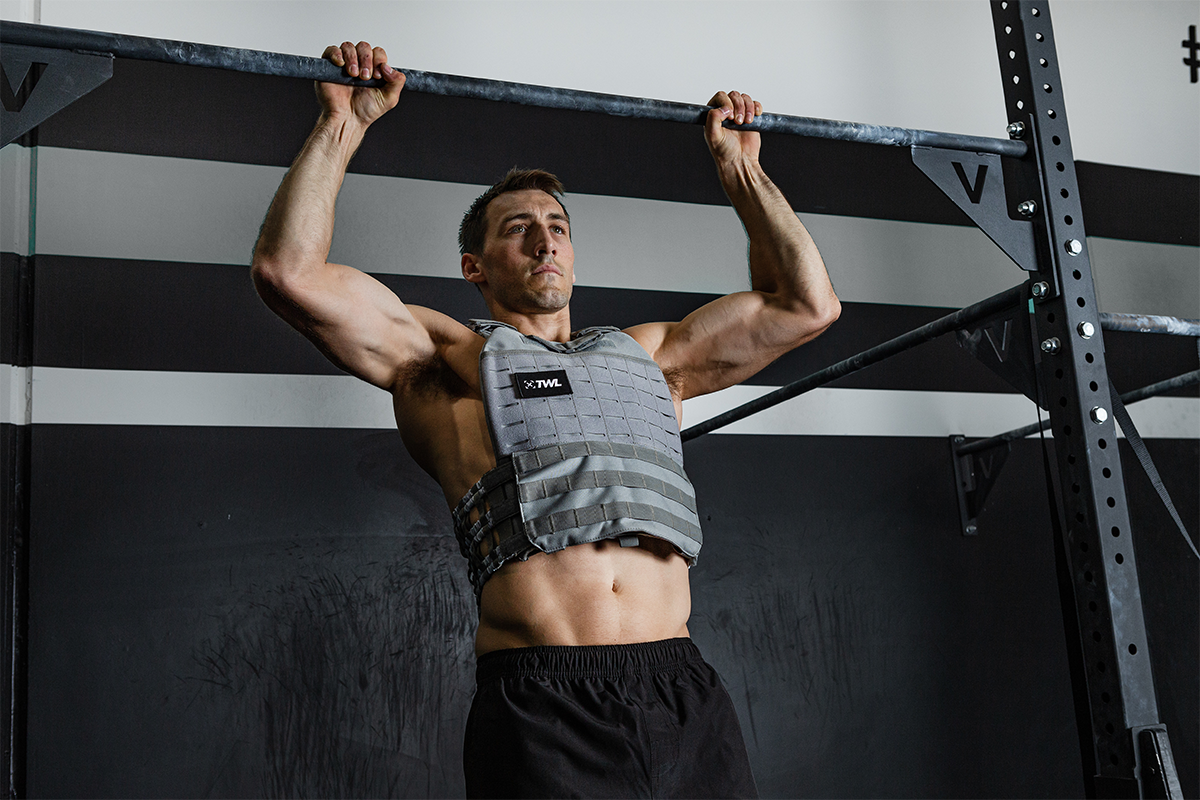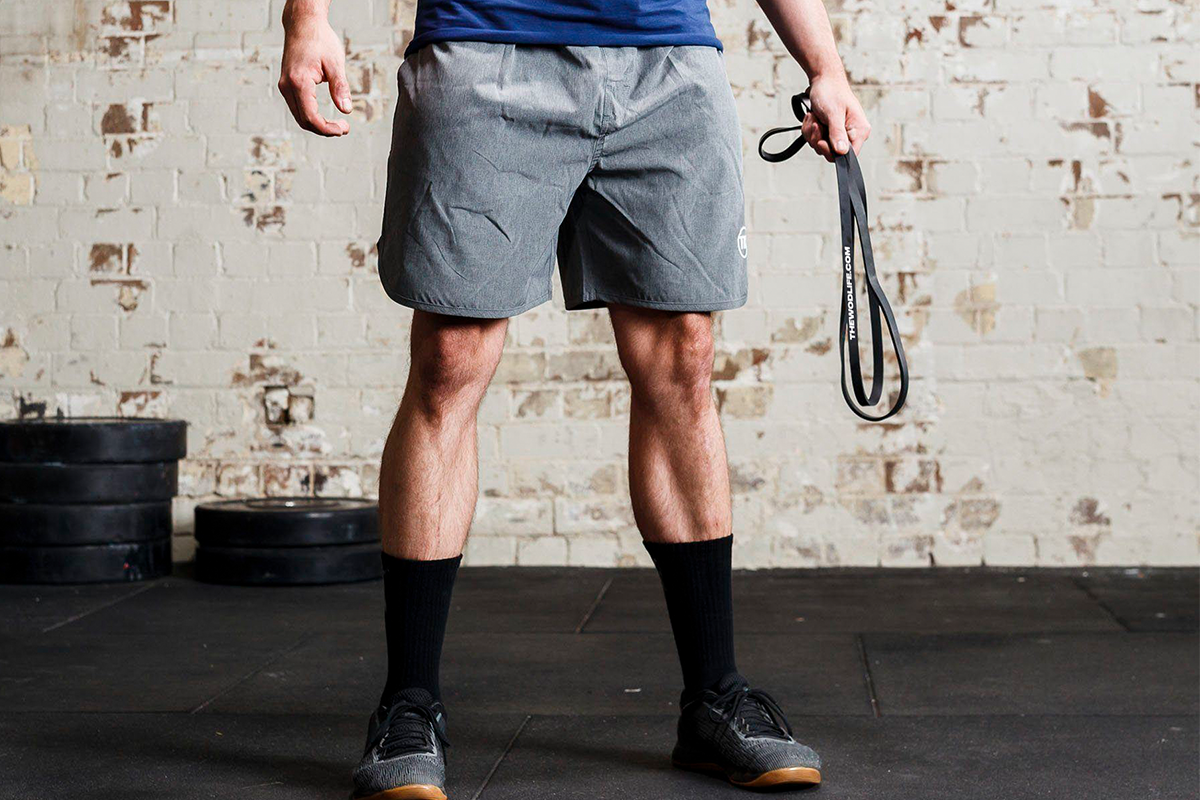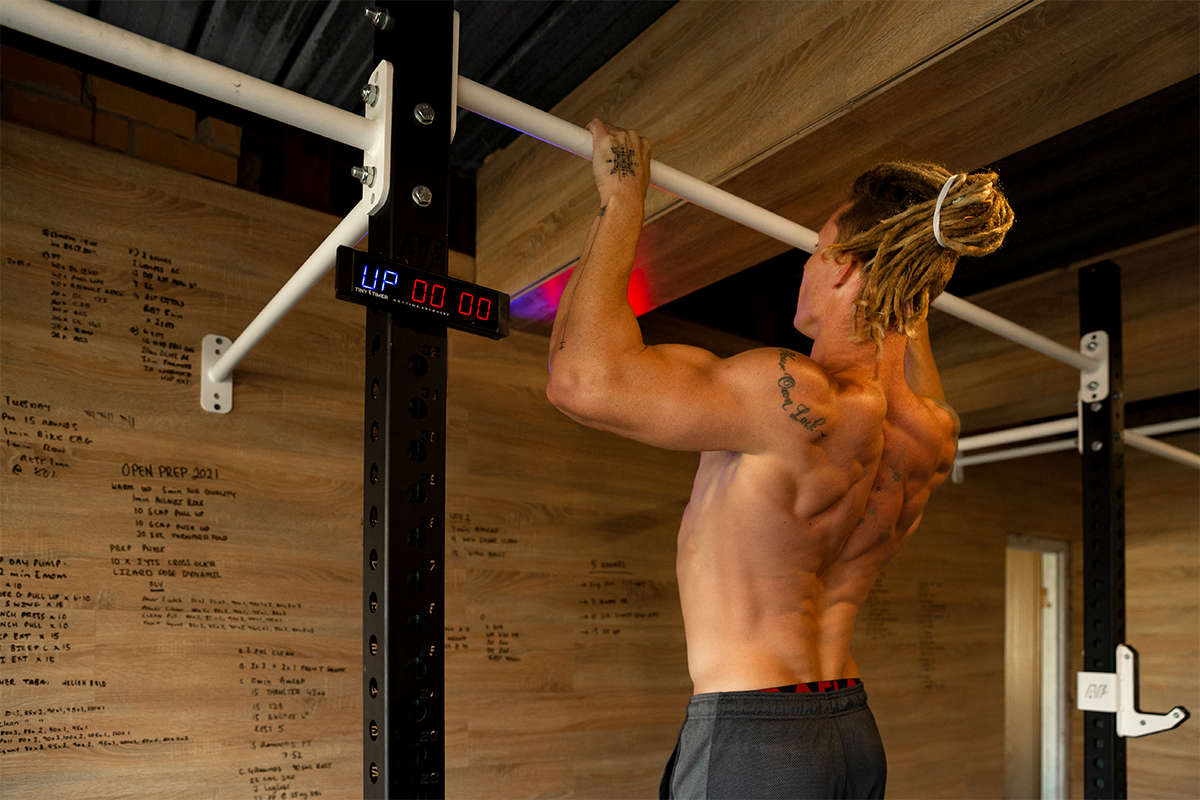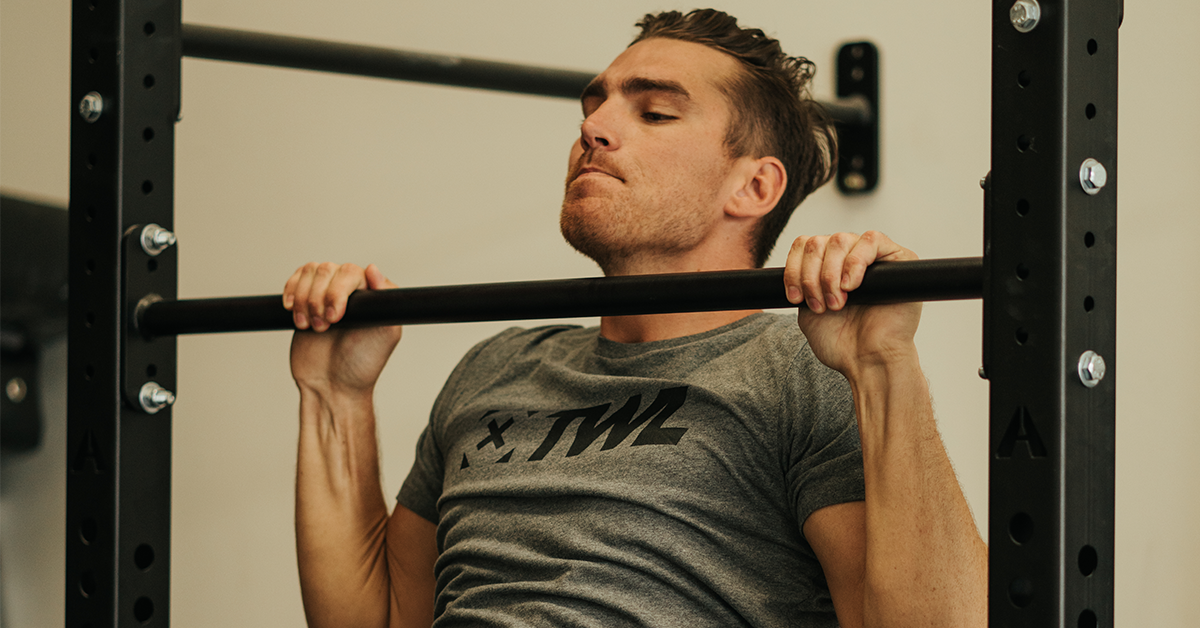Pull-ups are an integral part of many WODs. It’s one of the first things functional fitness novices should learn — but not everyone will be capable of doing an unassisted pull-up on their first day. Many athletes will immediately switch to banded pull-ups, not knowing the drawbacks. Fortunately, there are a number of ways to scale pull-ups without bands.
Bands are looped over the pull-up bar so you can place a foot or knee in them. They remove some of your own body weight, thus allowing you to pull yourself up over the bar more easily. Bands come in different levels of resistance and are color-coded for that purpose.
While athletes should ideally use bands to gradually work their way toward an unassisted pull-up, some athletes come to rely on them a little too much. Progress might be slower and the athlete might run into stagnation. Bands shouldn’t be a crutch.
Another option is to do exercises that engage the same muscle group and build your strength from there.
View this post on Instagram
Here are four ways to scale pull-ups without using bands.
1. Practice the Negative
Negative pull-ups are called such because they only focus on the negative — the lowering part. They are also called pull-up negatives or descent-only pull-ups. This is a popular way of building strength for a full pull-up. It works all of the muscles needed to execute the full movement.
Get into the topmost position of a full pull-up with the help of a partner or by stepping onto a box or bench. Your arms should be flexed with your chin above the bar. This is your starting position.
Then, slowly lower yourself down for a count of three to 10 seconds (although you can slow it down as much as you want). The key to this exercise is lowering yourself as slowly as possible, resisting as much as possible, until your arms are fully extended.
Return to the starting position and repeat.
Bonus tip: Doing the negative of just about any movement can help you get stronger for that movement. This includes chin-ups, dips, and even dumbbell bicep curls.
2. Inverted Row
This exercise is also known as a horizontal barbell pull-up.
To execute, place a barbell over the rack at around the height used to perform a bench press. Grip the bar a little further than shoulder-width and hang under the bar with your legs straight, feet on the ground and your arms fully extended. Your body should not be touching the ground.
Pull your chest toward the bar, starting by flexing your elbows. The bar should touch around your sternum area. Pull your shoulder blades back as you perform this movement.
If you can’t perform it with your legs fully extended, attempt it with your knees bent 90 degrees and your hips forward. You can also slide your body further back, so the bar touches lower on your body.
Another alternative is to start with your hips on the ground and in one motion, raise your hips and pull your chest up to the bar. This almost mimics a kip.
Repeat for the desired number of reps.
3. Ring Rows
Similar to inverted rows, ring rows involve hanging low from the rings and pulling yourself upward.
Keep in mind the more horizontal you are, the harder the ring rows will be. Thus, to scale it, simply stand more upright when you perform them. Grip the rings and lean back until your arms are straight.
Keep your body straight and core engaged, and pull yourself up until the rings are by your armpits. Keep your arms close to your body. Pause briefly when you reach the top, squeezing your shoulder blades together, and return to the starting position. That is one full repetition. Repeat as needed.
4. Partner-Assisted Pull-Ups
Bands come sometimes help you in ways that make it harder for you to get stronger while using them. Executing pull-ups with a partner is the perfect compromise. They can give you just a tiny bit of help only when you really need it. For instance, they can gently push up on your back to help give you a boost. Also, try tucking your legs when you perform your pull-ups. Your partner can gently push up at your knees. This scaled version is ideal when you’re almost able to perform a full strict pull-up, but can’t quite yet.
Doing these exercises is a great way to work toward executing full pull-ups. They build your upper body strength in a way that using bands might not. Constructing a strong, sturdy, and healthy foundation is everything! Keep practicing these and you’ll be doing full, unassisted pull-ups in no time.
Want to build your upper body strength even more? Check out this blog with push-up variations!

